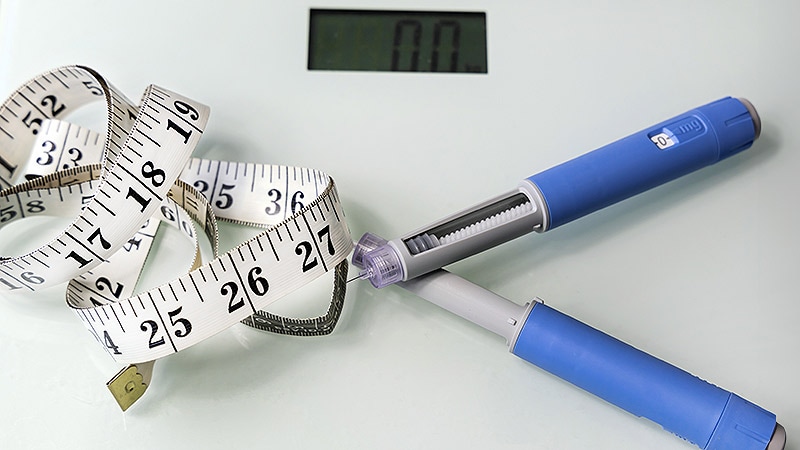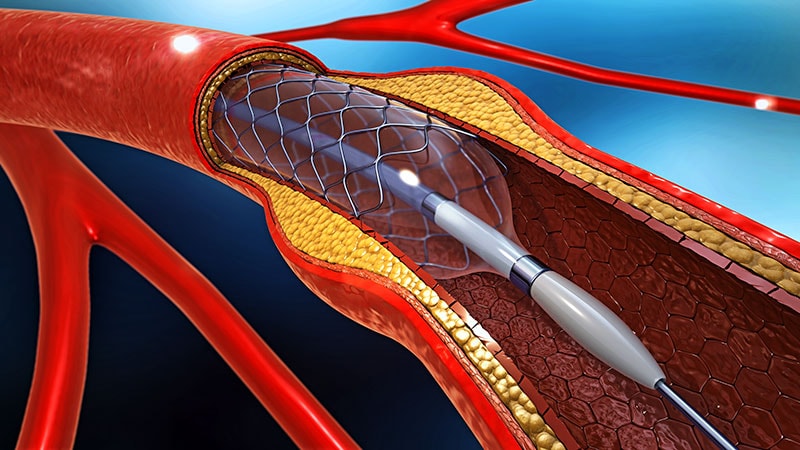Antiretrovirals Alone Don’t Delay Language in Children
Children exposed to antiretroviral (ARV) therapy in utero and not exposed to HIV showed no difference in language development at 5 years of age compared with unexposed children, based on new data from nearly 800 individuals presented at the Conference on Retroviruses and Opportunistic Infections 2025 Annual Meeting.
Existing safety data support daily oral pre-exposure prophylaxis (PrEP) for use during pregnancy and breastfeeding for those at increased risk for HIV, said lead author Lauren Gomez, MS, a senior research coordinator and a PhD candidate in epidemiology at the University of Washington, Seattle, in an interview. “However, the WHO has called for continued monitoring of longer-term child outcomes following maternal PrEP use to complete the safety profile of perinatal PrEP,” she said.
Previous development studies of children following in utero ARV exposure have suggested an increased risk of delayed language skills, but most research has involved women living with HIV whose infants were exposed to both HIV and ARVs, according to Gomez and colleagues.
“Existing literature suggests that potential toxicity from ARV drugs may play a role, however these findings are inconclusive, and our current analysis aims to understand if in utero exposure to tenofovir disoproxil fumarate (TDF)–based daily oral PrEP is associated with language development at 5 years,” Gomez told Medscape Medical News.
A cohort of HIV-negative women in Kenya were enrolled in the study and offered PrEP during pregnancy. Women who did and did not choose PrEP were followed through 9 months postpartum and a subset were enrolled in an extension to be followed until their children reached 60 months of age. The final analysis included 768 children; 139 had in-utero exposure to PrEP for a median duration of 2.4 months. Language development was assessed using the validated Malawi Developmental Assessment Tool.
The mean language development scores at 60 months were 36.8 and 37.1 for children exposed and not exposed to in utero ART, respectively, and adjusted mean language scores were not significantly different between the groups (P = .47). “Language development scores were similar when analyzed separately by timing of PrEP initiation and weeks of duration on PrEP in pregnancy,” the researchers wrote in their abstract (all P > .05).
Overall, women who took PrEP were significantly more likely than those who did not take PrEP to have only a primary school education and to have a partner either living with HIV or whose HIV status was unknown.
Takeaways and Research Extensions
Gomez and colleagues recently published a study in The Lancet Global Health demonstrating that in utero PrEP exposure does not affect birth, growth, or social-emotional developmental outcomes through 3 years of age.
“Given our prior safety data, we were not surprised that there were no discernable effects on language development in children exposed to in utero PrEP,” Gomez told Medscape Medical News. The results were reassuring and align with existing evidence of the safety of PrEP use during pregnancy and breastfeeding, she said.
Study limitations include the reliance on self-reported PrEP use, and the researchers plan additional analyses to strengthen their findings, Gomez noted. Extending follow-up of the children to school age to assess more complex neurodevelopmental outcomes, including cognitive and executive functioning and school performance, would be helpful as well, she said.
The current results suggest that PrEP remains safe for use in pregnancy and breastfeeding when considering longer-term child language development, said Gomez. “Efforts must be made to ensure equitable access to PrEP for all pregnant and breastfeeding individuals who are at substantial risk for acquiring HIV,” she added.
In addition, previous research has suggested that TDF use is associated with bone demineralization; therefore, it is important to understand whether maternal TDF-based PrEP use is associated with lower bone mineral density in children, said Gomez. “We are assessing bone mineral density in this cohort to determine if there are impacts of in utero TDF-PrEP exposure on bone mineral density,” she said.
The study received no outside funding. The researchers had no financial conflicts to disclose.


 Admin_Adham
Admin_Adham


